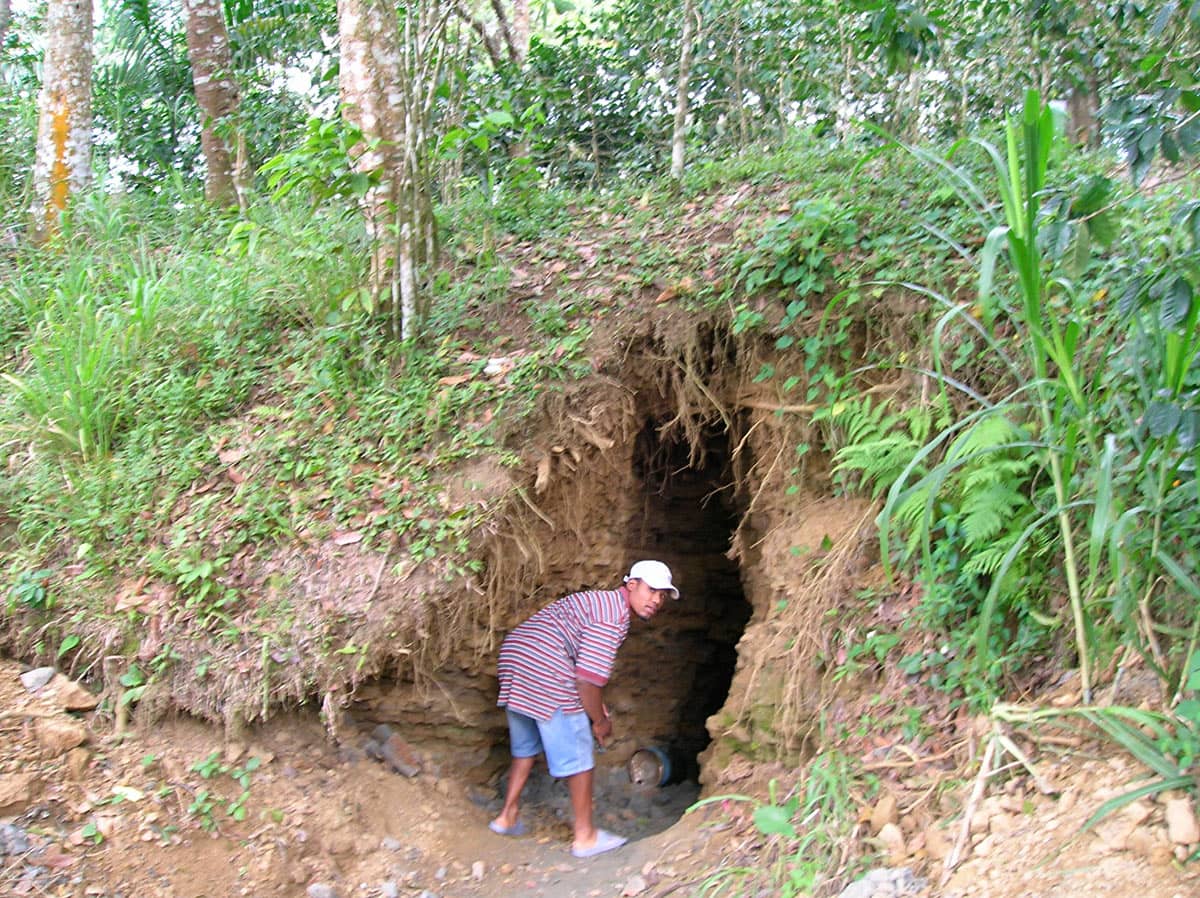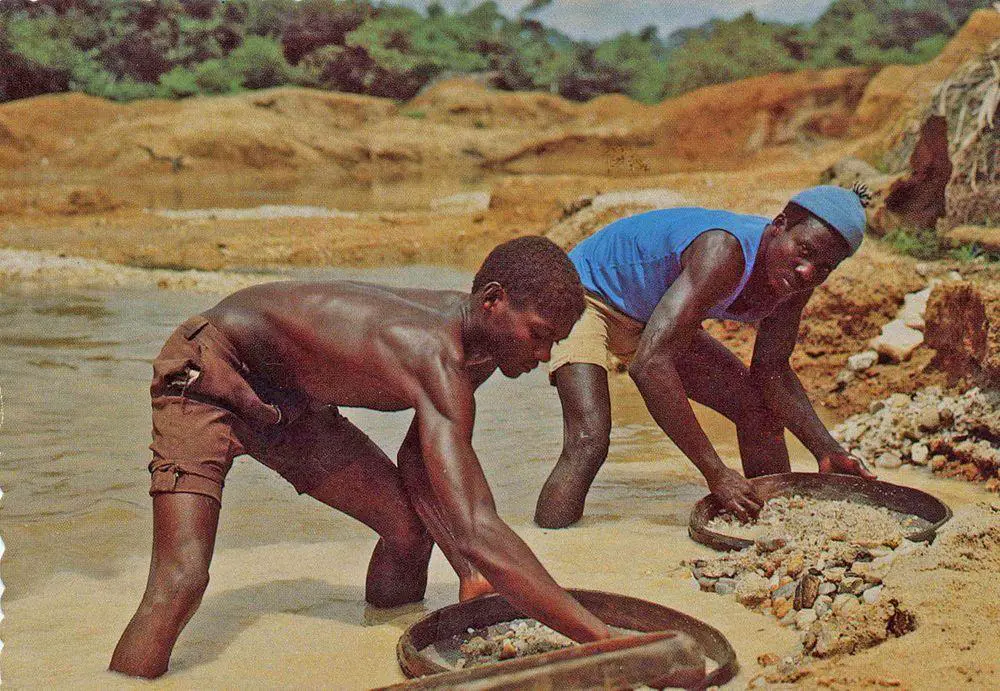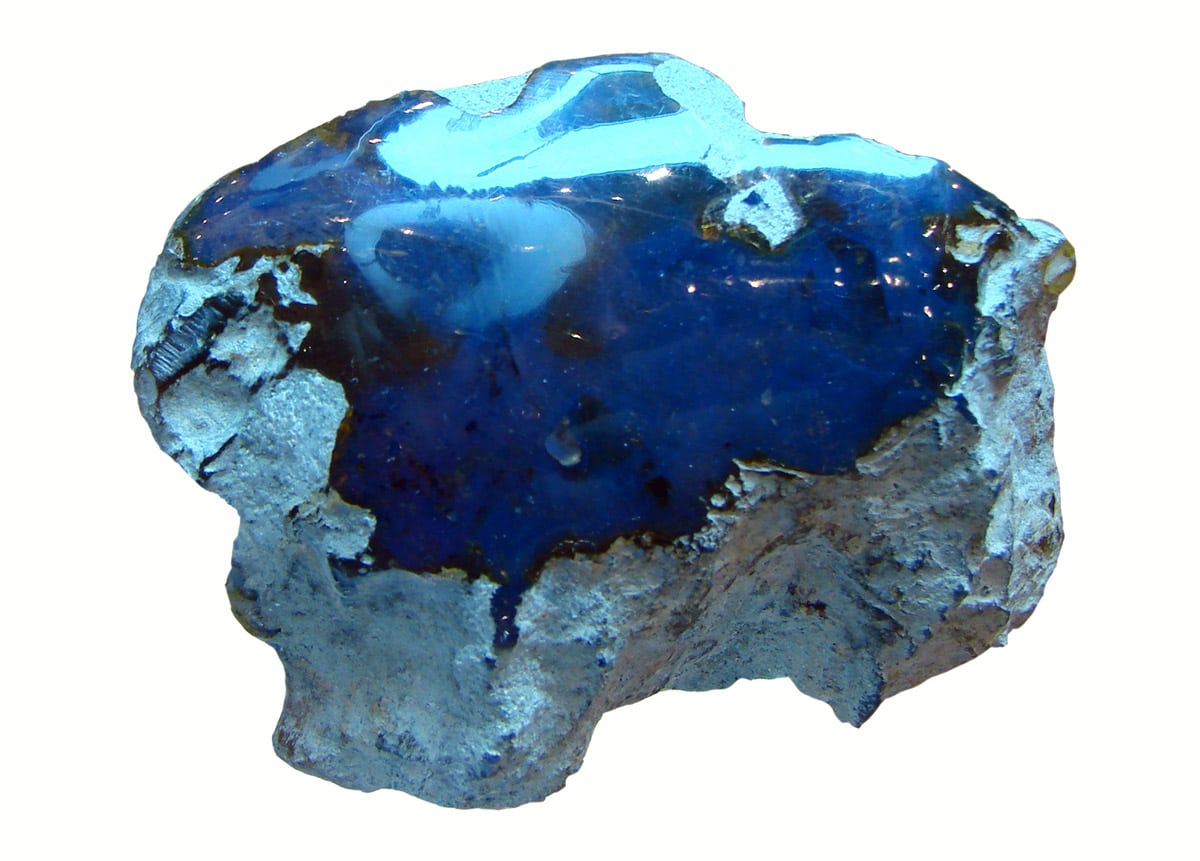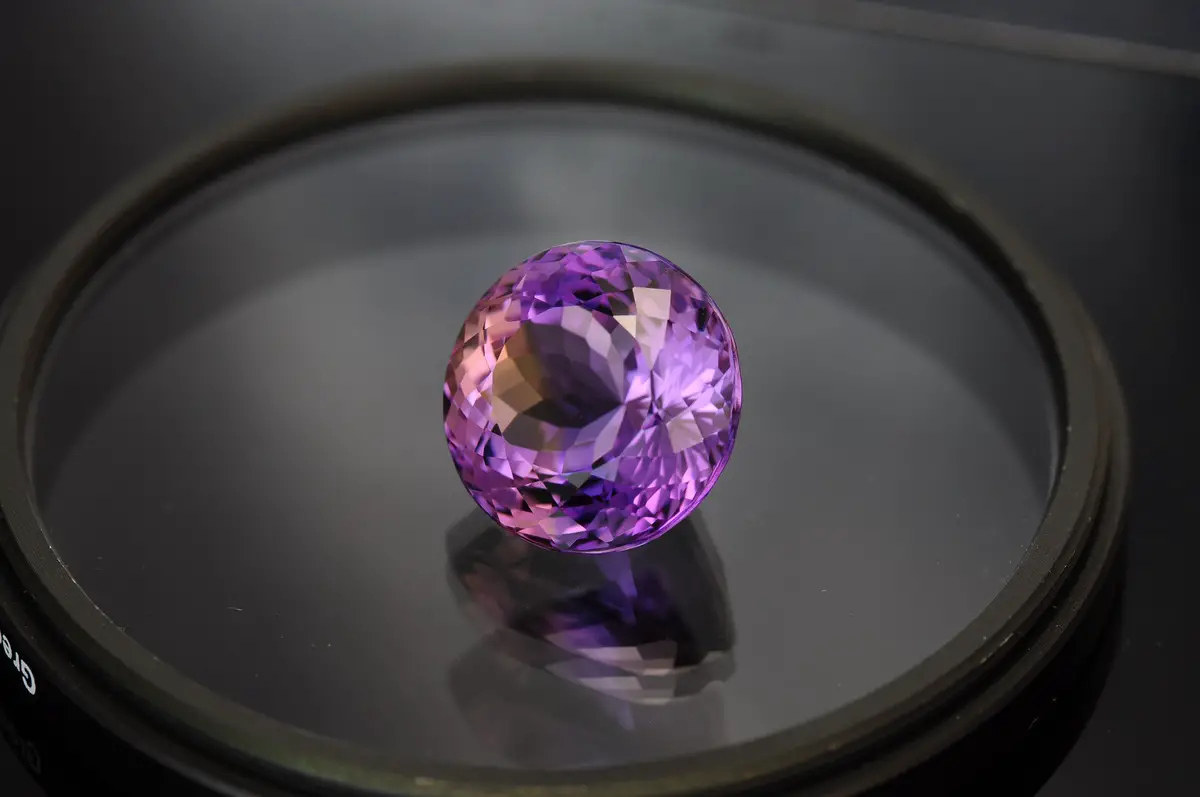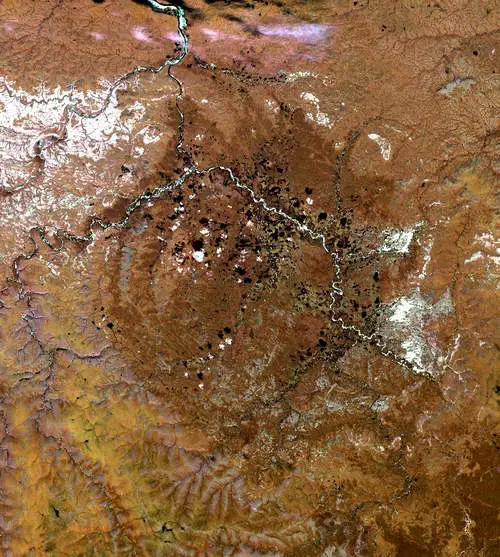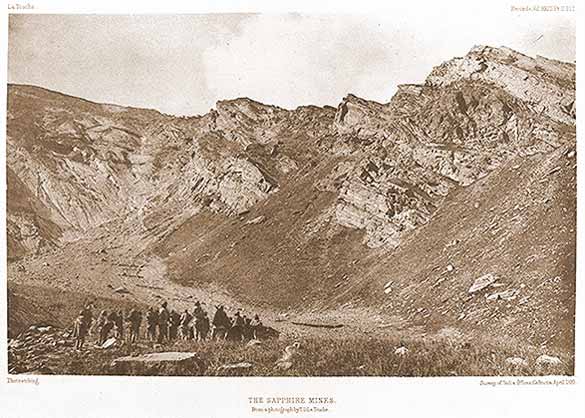Wondermondo 🢖 Categories of wonders 🢖 Geological wonders 🢖 Rare natural materials 🢖 Gemstone finds
Category
Gemstone mines and other finds
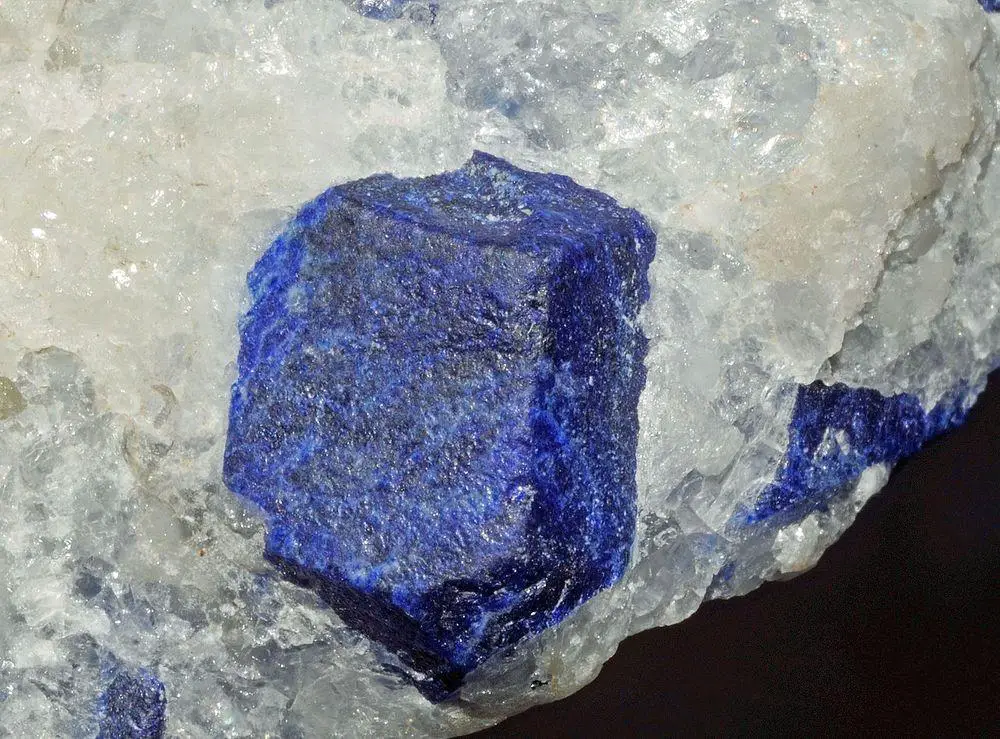
 Described gemstone mines and other finds
Described gemstone mines and other finds
If you see this after your page is loaded completely, leafletJS files are missing.
 What is included in this category?
What is included in this category?
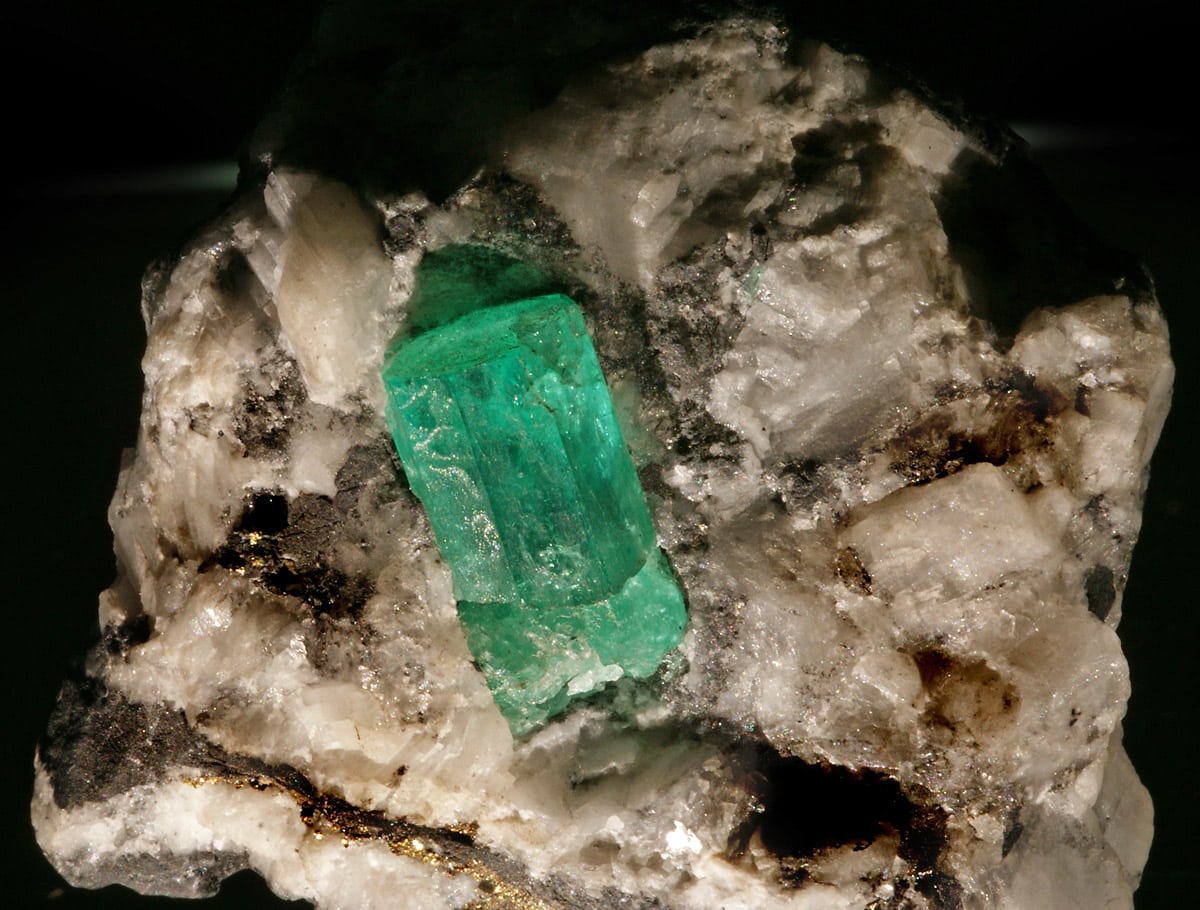
Gemstones are decorative stones of high value, used in adornments, mostly – in jewelry.
Kinds of gemstones
None can say the exact number of kinds of gemstones. Creative lapidaries can make beautiful jewelry for almost any materials – but the most widely used are some 30 kinds of gemstones.
More than 100 other kinds of natural stones are gorgeous gemstones as well but are used less frequently due to their extreme rarity or rare occurrence of gemstone quality samples.
Qualities
Main distinguishing qualities of gemstones are:
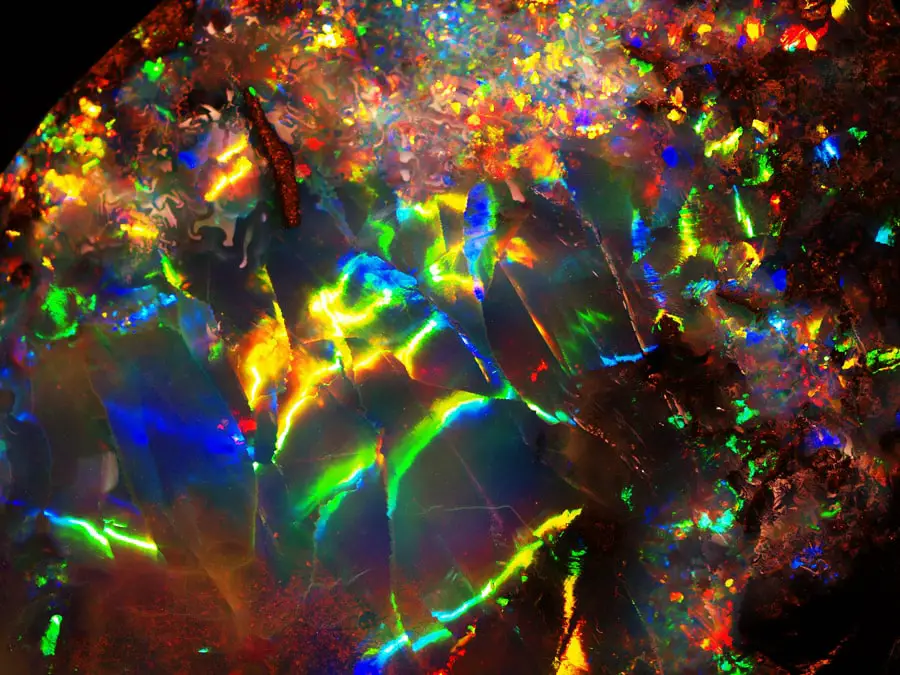
- Beauty – most important value. Distinguished gemstones have lively, lucid color (e.g. the incredible blue color of the best tanzanites) or even many colors (high-quality opals and spectrolite). Top-quality gemstones should not be just transparent crystals, they should have special brilliance, luster. Best in this respect is the king of gemstones – diamond, but some other gemstones, like zircon and garnets, also have a high index of refraction.Lucidity, transparency is another important factor for most gemstones – the beauty of emerald, ruby, or spinel can be appreciated only if the crystal is clean. Many gemstones have specific "wow" factor – unique light effects. Thus alexandrite or the very rare blue garnet change their color according to the lighting – they are red in artificial light and green or blue – in natural light. Spectrolite and opal have a special effect of iridescence and some stones have specific inclusions that cause the effect of asterism.
- Hardness, stability, and/or sturdiness – this quality is important for practical reasons – after all, people would be happy to use their jewels often and at the same time retain their jewelry as the legacy of the family for many generations. Some gemstones belong to the hardest substances known in nature (diamond, sapphire, ruby, chrysoberyl, and the extremely rare moissanite). There are comparatively soft gemstones – such as amber or chrysocolla – but these can be used as gemstones thanks to their comparatively high sturdiness. A weak point of many popular gemstones is their loss of quality over the time. Thus, some especially bright colors in crystals are caused by natural radioactivity – and, as the crystals are removed from their original location, after some years the beautiful color is lost. Softer gemstones over time can become dull – their surface is covered with crevices and scratches. Very often gemstones are artificially improved – and lose their improvements over time.
- Rarity. Jewelry is a mode of expression – and in order to excel, one needs to have something unique. There are just a handful of red diamonds or blue garnets with changing color in the world – it is simpler and cheaper to buy a Lamborghini than such a stone. One tiny blue garnet (4.2 carats) has been sold for 6.8 million dollars in 2003. Or – one can try to become the owner of the gem-quality natural moissanite or johnkoivulaite (represented by ONE piece) or grandidierite crystals or chase the few existing gem-quality musgravites, grandidierites or serendipities, each costing millions of dollars.
Gemstone mines and finds
While such gemstones as diamonds can have classic mines with state-of-the-art equipment, very often the gemstones are mined by hard manual labor.
Even in their places of finding gemstones are scarce and one needs to sift tons of rock to find a gem.
"Gem fever" can start with a lucky find of two – three beautiful stones. Often nothing more is found – but sometimes findings continue and then more and more people arrive in the search of luck.
Sometimes the gemstone mine is exhausted in one or two years. But sometimes gems are mined for millennia and such mines become legendary – such as the lapis lazuli mines in Afghanistan (Sar i Sang) and Tajikistan (Ladzhuar-Dara) or Maya jadeite mines (El Ciprés in Guatemala).
The process of gem mining is far from graceful and romantic. In less developed countries gem mining communities too often are living in terrible shanty towns and are suffering from violent crime. Gemstone mines for the most part are dangerous ratholes that can collapse over the heads of miners.
After their finding gems travel from one hand to others, miraculously becoming more and more expensive. Finally, the miners earn just a tiny fraction of the final price of the gemstone.
Nature’s unspoilt beauty
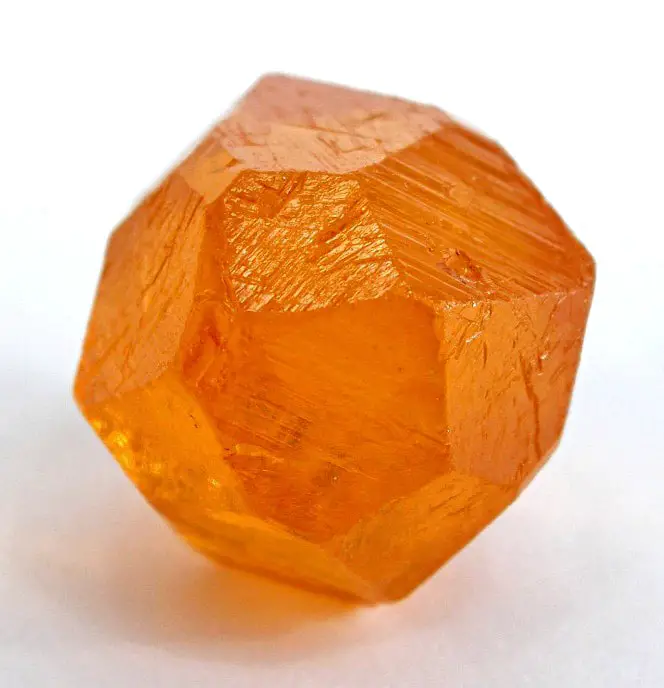
Irrespective of the hustle around the gemstones they are beautiful. Many rare coincidences were needed to create them – extreme pressure or exceptionally long time periods with very even natural circumstances and purity. One can think that gemstones are a kind of summit in nature’s achievements, at least in the realm of inanimate things.
Nothing compares to the feeling when one takes a jewel in hand and looks at it. Legs may become a bit shaky, heart beats faster and, after a longer look at the gem, everything else feels pale and dull. Gemstones certainly have miraculous charisma and have influenced many lives by exposing the hidden nature of many people.
There are the following articles about the gemstone mines and finds:
 Top 25 gemstone mines
Top 25 gemstone mines
Africa
Merelani Hills – the only find of tanzanite
Tanzania
World’s only find of tanzanite – unusual, deep blue gemstone.
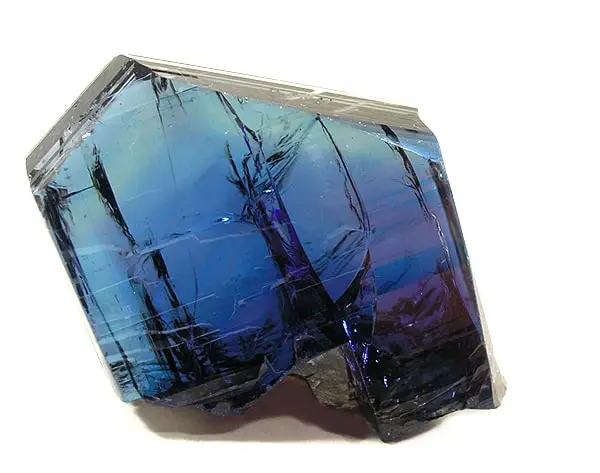
Kakanda malachite caves
Democratic Republic of the Congo
These caves are lined with highly unusual malachite stalactites. There are found also unique malachite crystals that are up to 2 cm large.
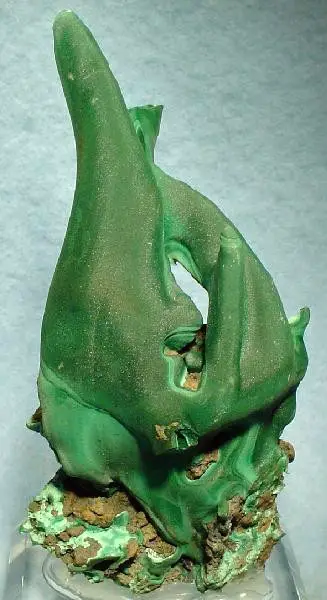
Silica Glass Valley
Egypt
On the western side of the Great Sand Sea can be found pieces of pure, transparent silica glass (Libyan Glass) – the only such find in the world. The largest pieces are up to 26 kg heavy. It has been used as a jewel already in Ancient Egypt. Possibly created by the impact of a large meteorite.
Kianjavato Emeralds
Madagascar
Here, in the tropical forests are found some of the finest emeralds in the world.
Wegel Tena Opal Fields
Ethiopia
A fairly recent find of top-quality opal with an unusual effect. When these stones are immersed in water, they become fully transparent.
Malakialina pegmatites
Madagascar
Rich find of beryls, where reportedly is (or was?) located the largest crystal in the world. This beryl crystal is 18 m long, with a 3.5 m diameter, and weighs 380 tons. Here has been mined beryl, columbite-tantalite.
Tulua pegmatites
Mozambique
Pegmatites with numerous rare minerals and large crystals of precious stones. There are found high-quality crystals of verdelite, beryl, topaz, spodumene, citrine, and other minerals.
Asia
The old Persian turquoise mines near Nishapur
Iran
Ancient, more than 2000 years old mines of turquoise, considered to provide the best quality turquoise in the world. Mine is closed now.
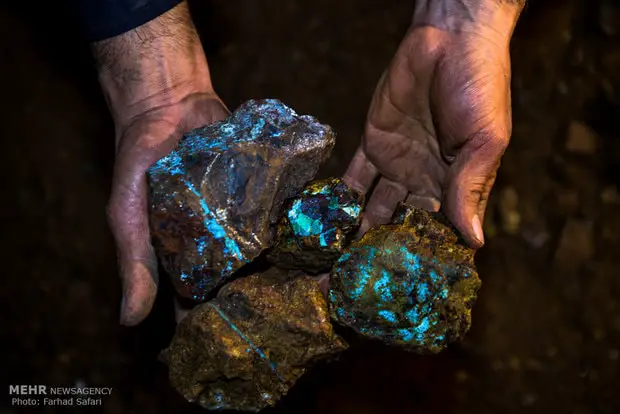
Ladzhuar-Dara lazurite mine
Tajikistan
Legendary, nearly inaccessible, and for long centuries secret mine of high-quality lapis lazuli – lazurite. It is extremely hard to access, thus adding value to this gemstone. Rediscovered in the 1930ies.
Sar-i Sang lapis lazuli mines
Afghanistan
For several millennia there is mined the best lapis lazuli in the world.
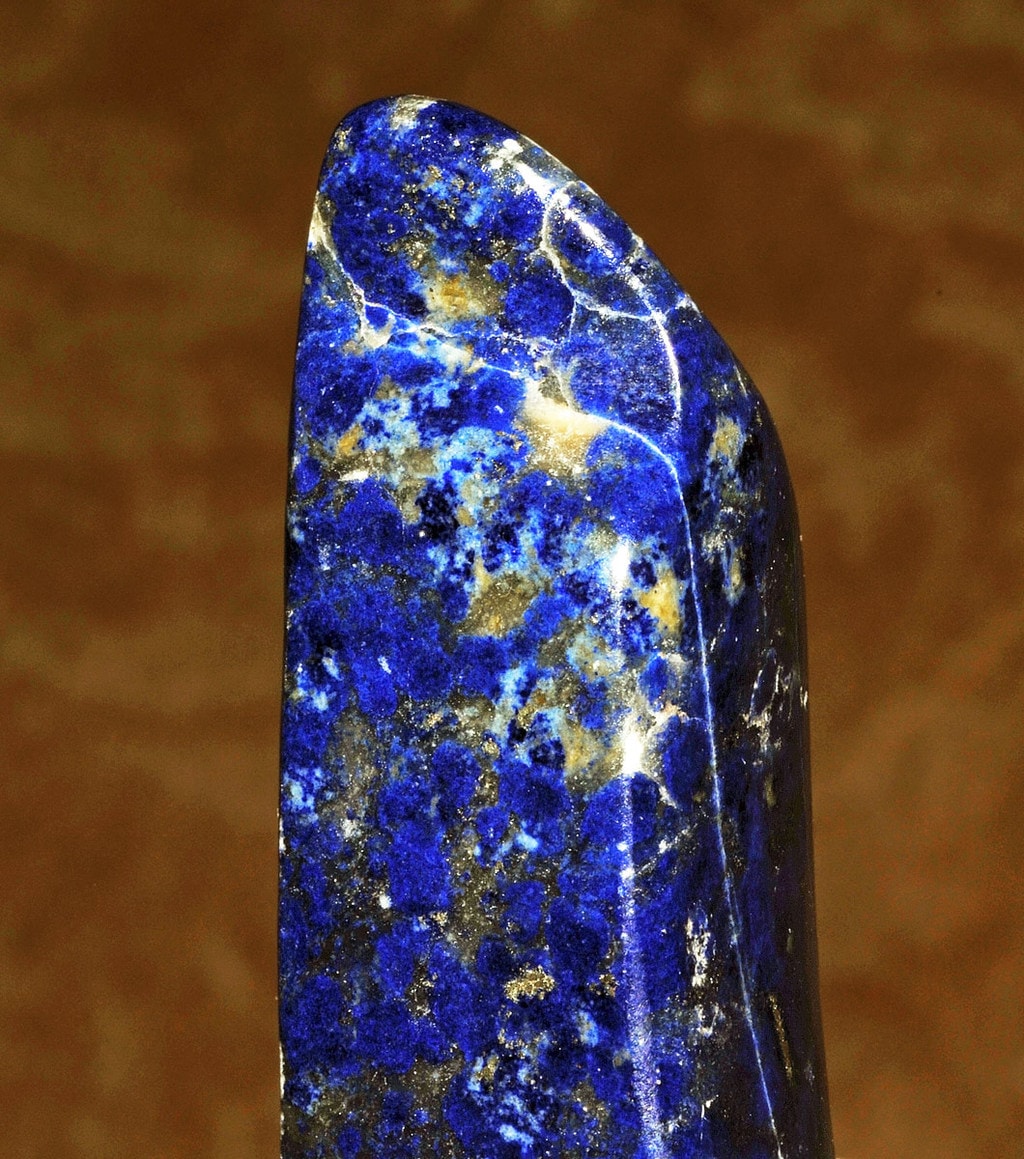
Popigai crater
Russia
One of the largest impact craters in the world, with a diameter of 100 km. Created approximately 35.7 million years ago (Eocene) by a 5 – 8 km large bolide. Here are found up to 1 cm large, very hard diamonds created by the impact.
Panjshir emeralds
Afghanistan
Rich find of some of the best emeralds in the world.
Laghman Pegmatites (Nilaw, Mawi, Korgal)
Afghanistan
Finds of the best-known kunzite and other types of spodumene crystals (gemstones up to 1 m long), as well as tourmaline (possibly the best elbaite in the world), beryl (morganite, aquamarine, and other types), garnets and other gems.
Merit Pila lignite mine
Malaysia
In this lignite mine, the largest known pieces of amber are found. The largest extracted piece was 3.5 m long, 1.5 m wide and some decimeters thick, but layers of amber in the lignite are even 130 m long.
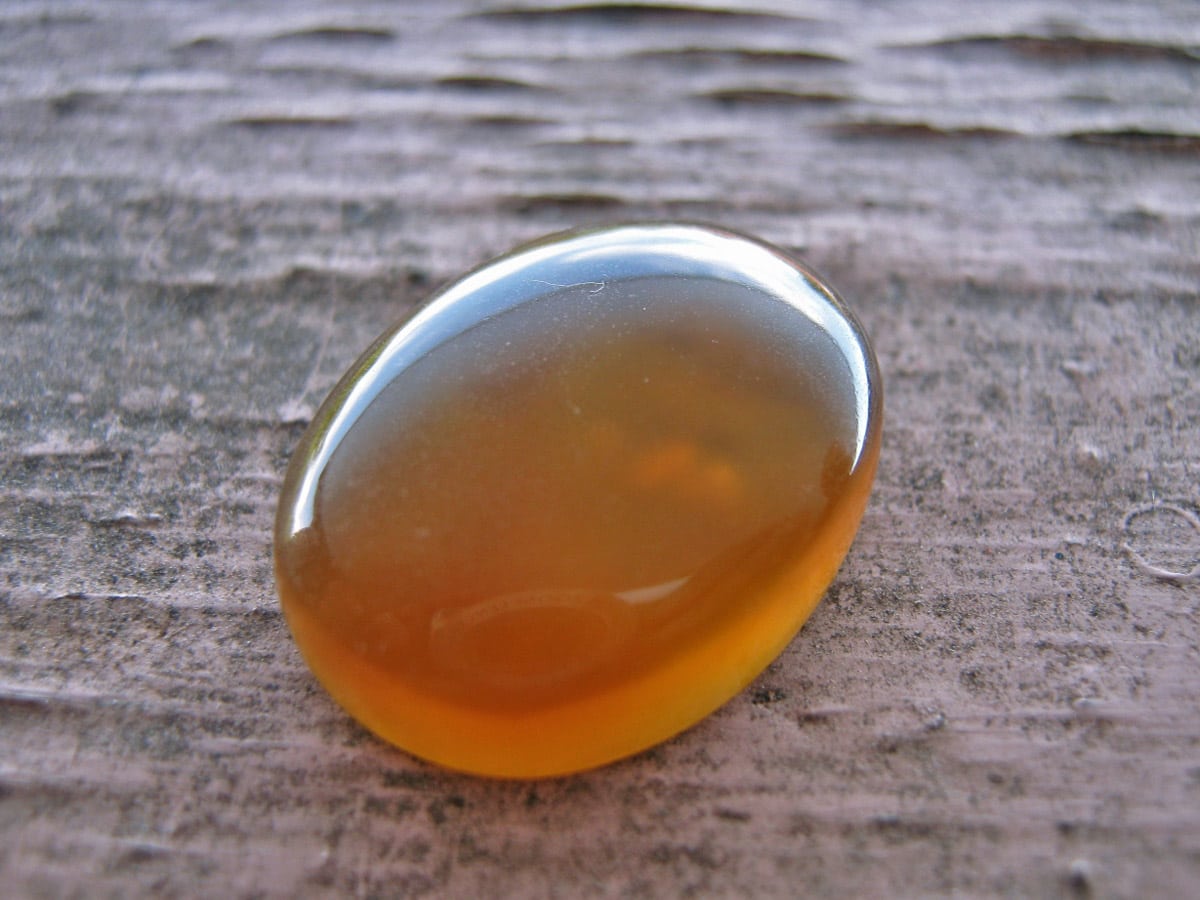
Kashmir sapphire mines: source of the best blue sapphire
India
Now legendary, abandoned sapphire mines where the best sapphire in the world was mined.
Kukh-i-Lal mine
Tajikistan
Ancient mines that are up to 50 m deep. The best find of gemstone quality clinohumite – transparent stones in the color of fire. Clinohumite here is found together with another very valuable gemstone – spinel – that was mined here since the 8th century AD.
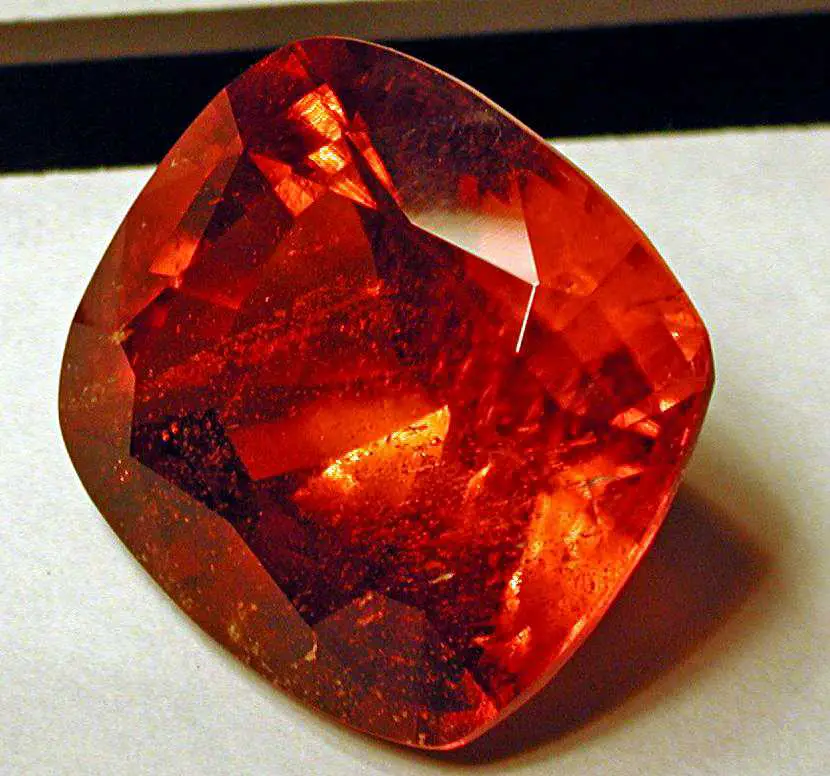
Hpakant jade mine (Phakant mine)
Burma (Myanmar)
Major find of high-quality jade. The world’s largest jade stone has been found here – it is 21 m long and 6 m high.
Finds of cobalt blue spinel in Lục Yên, Vietnam
Vietnam
The best-known find of the extremely rare cobalt blue spinel is Lục Yên in Vietnam. Local gemstone mines provide also sapphires and rubies.
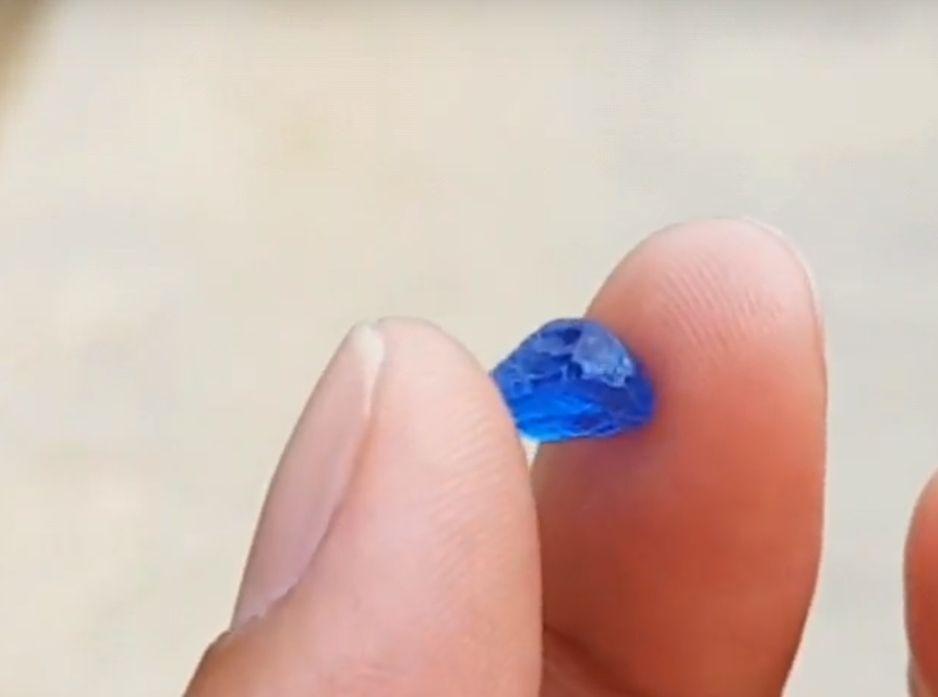
Australia and Oceania
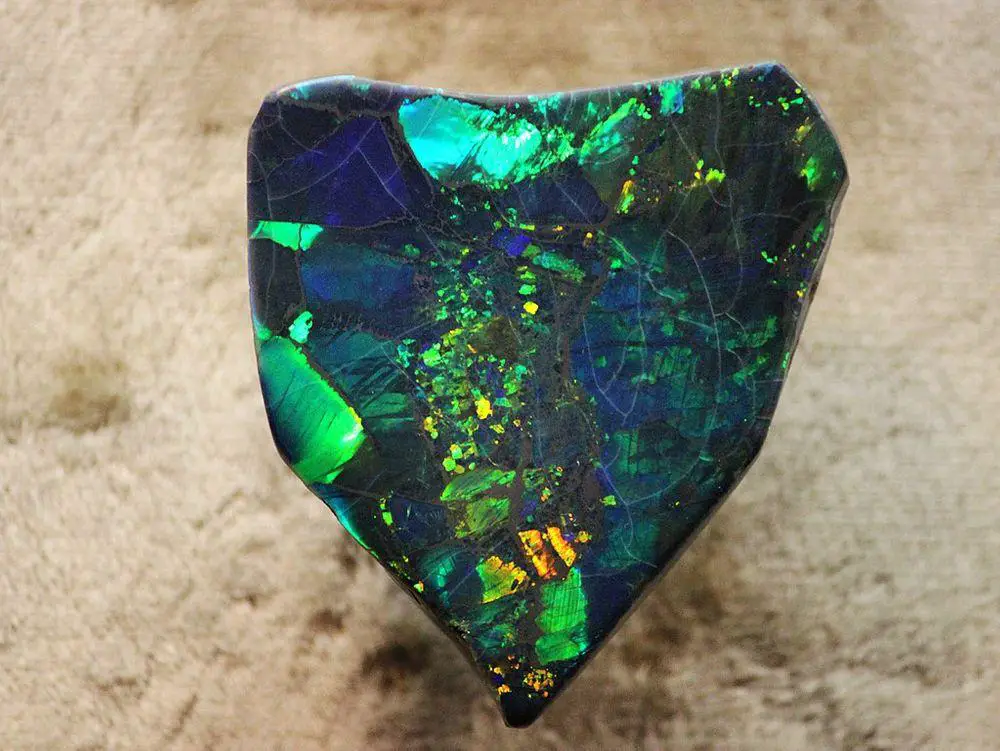
North America
Mont Saint-Hilaire
Canada
414 m tall mountain with one of the last stands of primeval forest in Saint-Lawrence valley. Mountain has very high mineral diversity, here have been found 366 minerals, and many are unique or near-unique to this site. Here was discovered poudretteite – seven pieces of this beautiful gemstone have been found on this mountain. A legendary site, known also thanks to frequent observations of UFOs.
Find of Olmec blue jadeite, Río El Tambor
Guatemala
The only place in the world where is found blue jadeite. This stone was the most valuable material for the Olmec civilization.
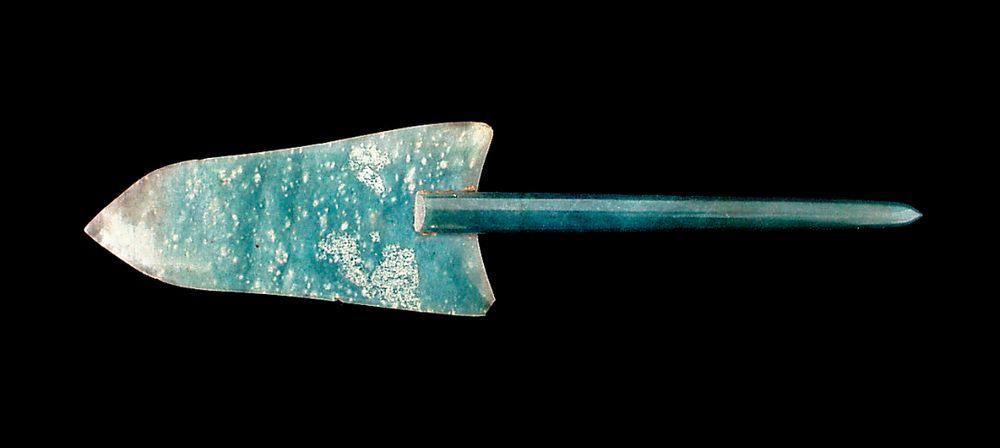
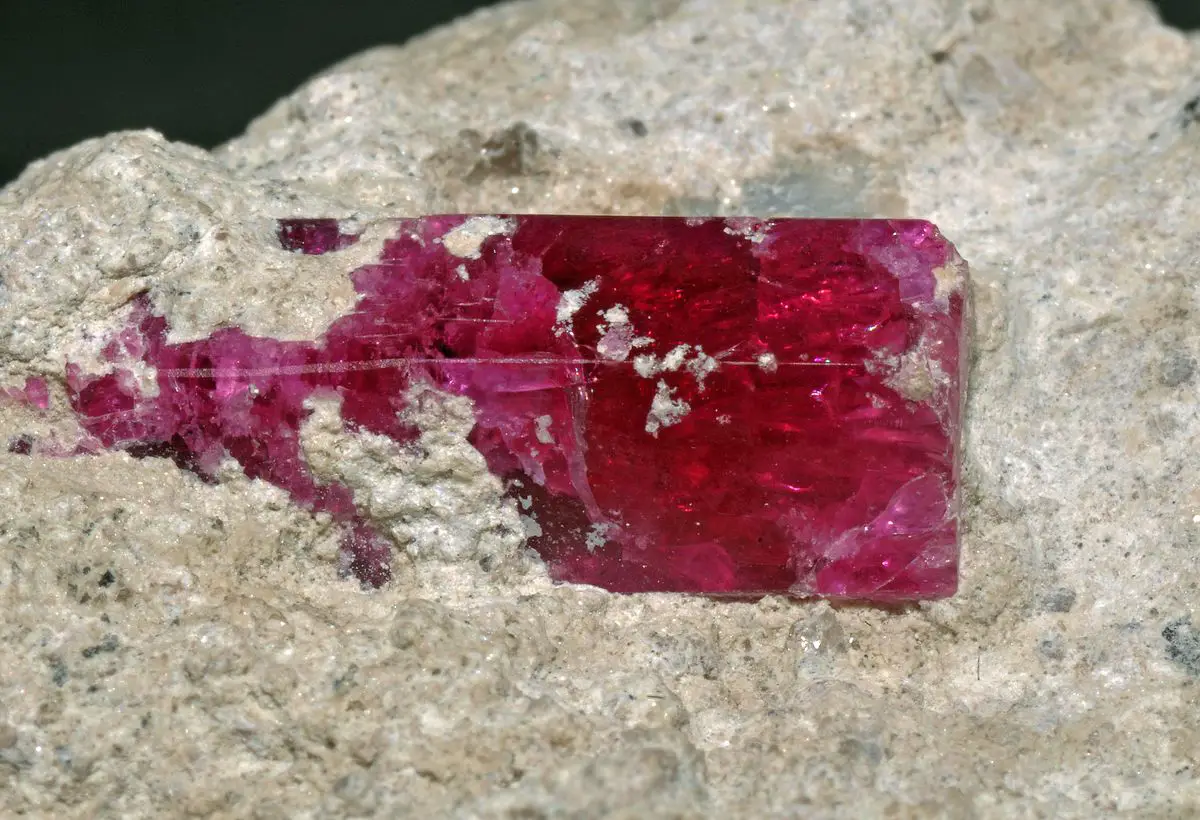
Magdalena Opal mines
Mexico
The find of the near-unique lloviznando opal – a variety of opal with a nearly transparent, light blue color and phenomenal play of colors. Finds of these opals are very rare, but here are found also fire opals of exceptional quality.
Tablon mine of seam opals
Honduras
Some of the most beautiful and expensive opals in the world, with extremely bright iridescence. May cost up to 5,000 USD per carat.
South America
Rio Itoco emerald mines in Muzo
Colombia
The site where the best emeralds in the world are found. Other famous Colombian mines are in Chivor and Coscuez.
 Recommended books
Recommended books
Gemstones of the World
Following the spectacular success of the first four editions of Gemstones of the World, the revised fifth edition exhibits important updates and a beautiful new cover. All the gemstones ever discovered—now over 1,900—are treated in their many variations. More than 1,500 full-color photos showcase each precious and semiprecious stone in both its rough natural state and its polished and cut renditions.
Rare Gemstones: How to Identify, Evaluate and Care for Unusual Gems
This guide provides concise, interesting, and practical details on uncommon gems that are now being used by designers to create distinctive jewelry. It not only lists the identification properties of the gems, but tells you where they are found, how they are used, why they are unique, how they are priced, and how to care for them. High-quality photos show the different colors, cutting styles, and varieties of each gem and give you ideas on how each can be used creatively in jewelry.

